Cats, just like us, can experience emotional ups and downs. They might not have a therapist to confide in, but they do give subtle hints when they’re feeling blue. Recognizing these signs can help you support your feline friend through thick and thin. Let’s look at 14 ways to tell if your cat might be deeply depressed.
1. They Lose Interest in Playtime
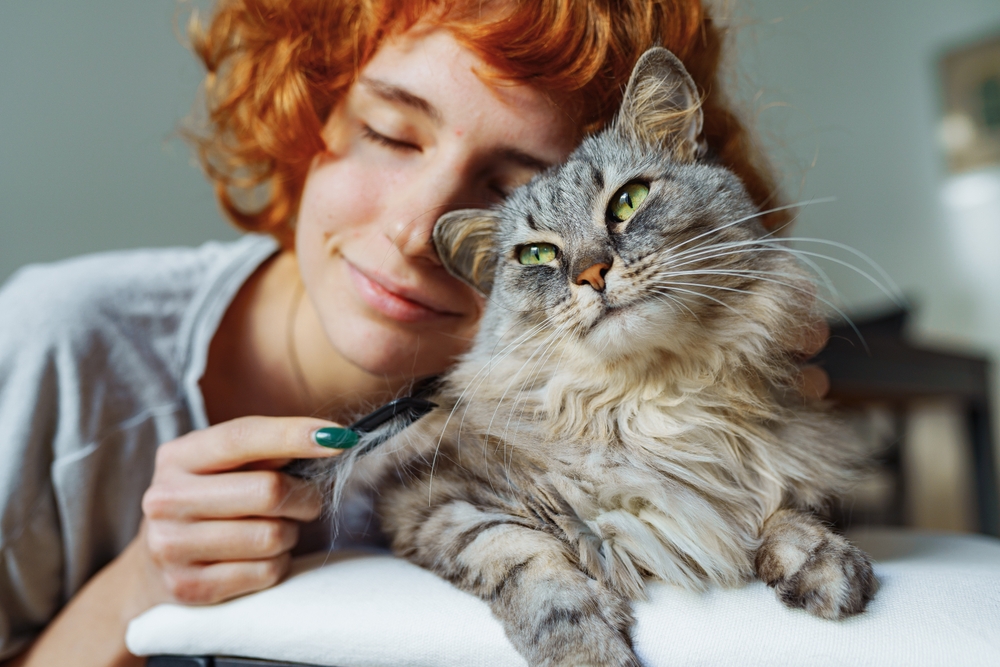
When your cat no longer bats a paw at their favorite toy, it may indicate they’re feeling down. Cats are naturally curious and active, so a sudden disinterest in play can be a sign of depression. It’s like they’re saying, “Not today, feather wand.” Keep an eye on their behavior, and try to engage them with new activities. Sometimes a little novelty can reignite their playful spirit, or at least show you’re there for them.
2. They Sleep More Than Usual
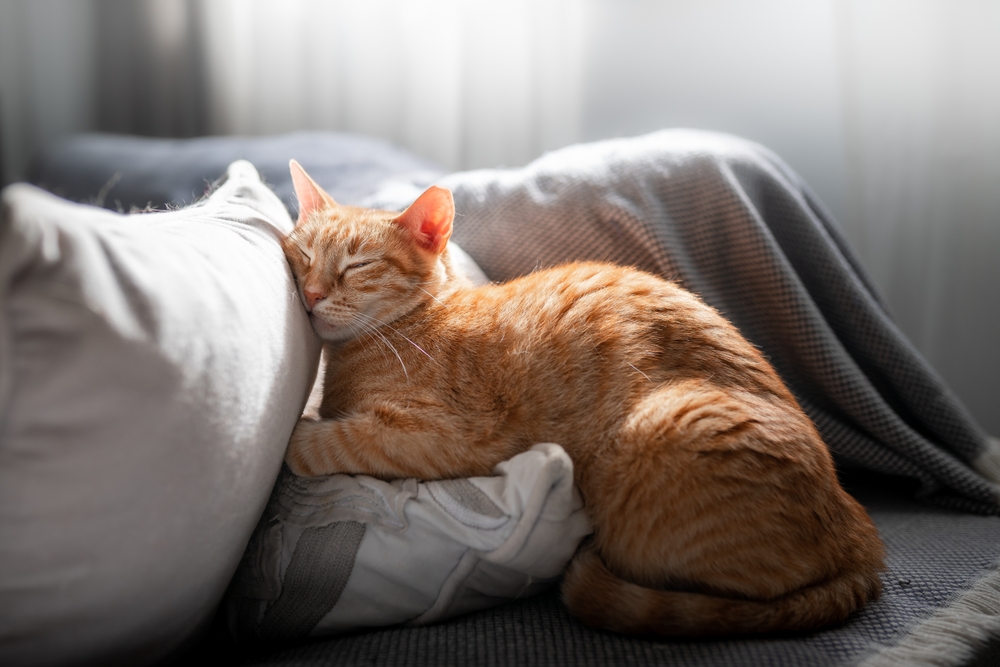
Cats are notorious nappers, but if your kitty is suddenly snoozing more than the usual 16 hours a day, they might be feeling a bit blue. Excessive sleep can be a coping mechanism for depression, providing an escape from the world. It’s important to distinguish between normal cat laziness and something more concerning. Monitor their sleep patterns and try to gently coax them into interactive moments to break up those extended snooze fests.
3. They Become Withdrawn
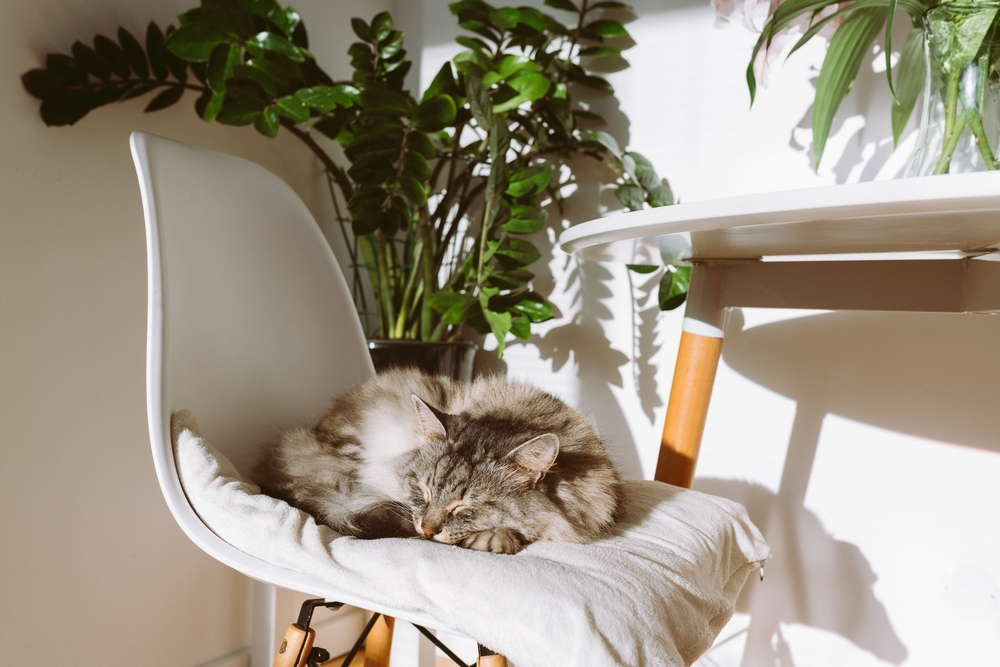
A once social kitty who suddenly prefers the shadows might be showing signs of distress. Cats that retreat from human or animal interaction could be feeling overwhelmed or sad. Instead of pouncing into your lap, they may choose solitude. Allow them space but remain a comforting presence. Sometimes just sitting quietly nearby with a treat can reassure them they’re not alone, encouraging them to slowly rejoin the family circle.
4. They Exhibit Changes in Appetite
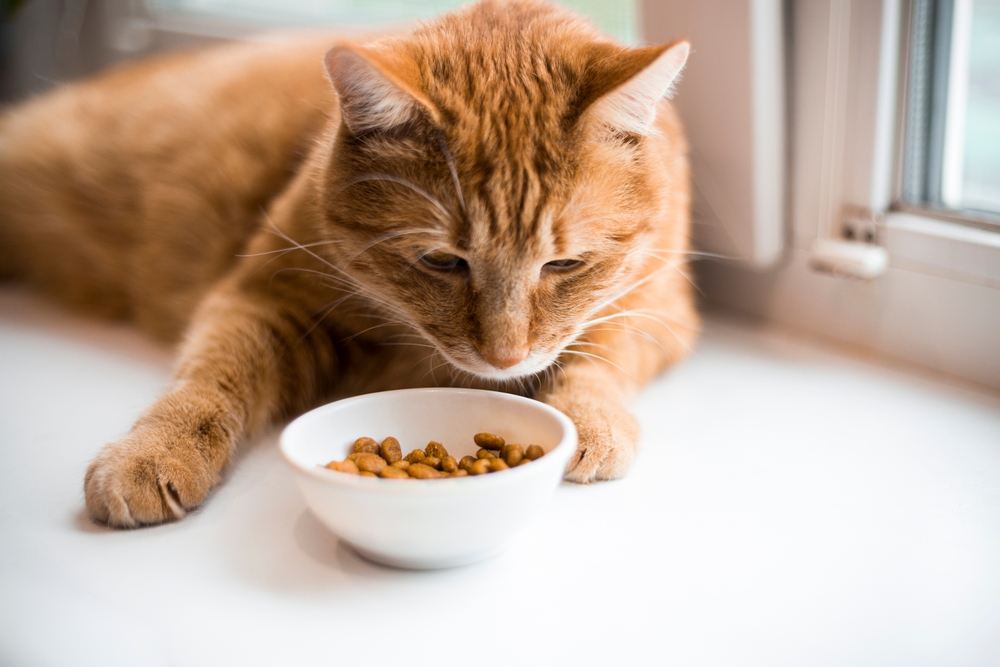
Depression can affect your cat’s appetite, leading them to either overindulge or avoid their food altogether. A noticeable shift in eating habits might signal emotional distress. If your cat starts turning up their nose at meal time or suddenly can’t get enough of their kibble, it’s worth investigating further. Try offering different foods or consulting with your vet to rule out other health issues while you offer some extra TLC.
5. They Stop Grooming Themselves
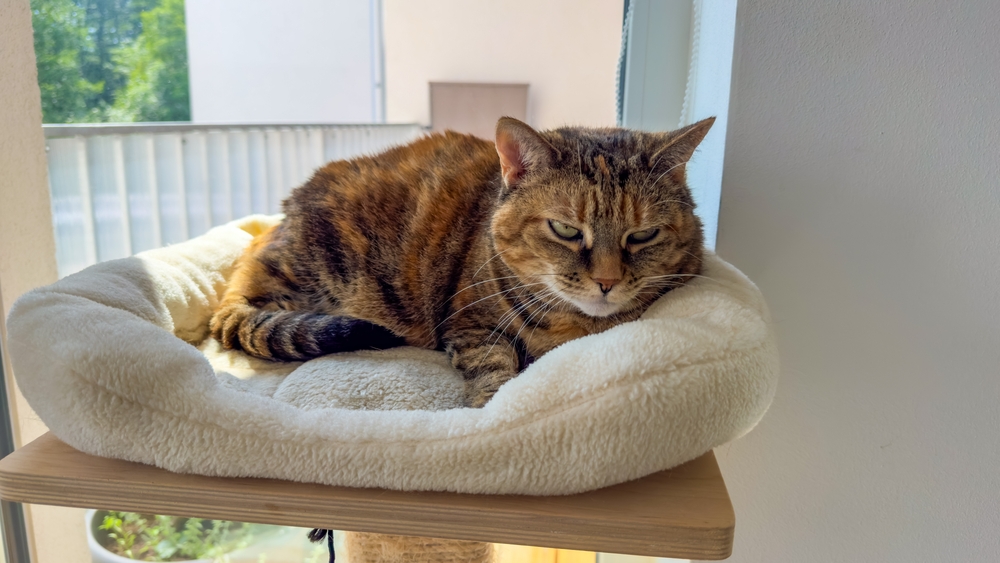
Cats are meticulous groomers, so when they start looking a little disheveled, it could mean they’re feeling off. A decline in personal hygiene is often a red flag for depression. If your cat’s coat loses its typical luster and they seem to have given up their grooming routine, it’s time to step in with some gentle care. Regular brushing sessions can help maintain their coat and provide comfort through physical connection.
6. They Vocalize More Frequently or Less

Listen to your cat’s chatter as it can speak volumes about their emotional state. A sudden increase or decrease in vocalization might indicate they’re trying to tell you something. Cats can become more talkative when seeking reassurance or may go silent if they’re feeling down. Pay attention to changes in their vocal patterns and try to respond with soothing sounds or conversation to let them know you’re listening.
7. They Exhibit Aggressive Behavior
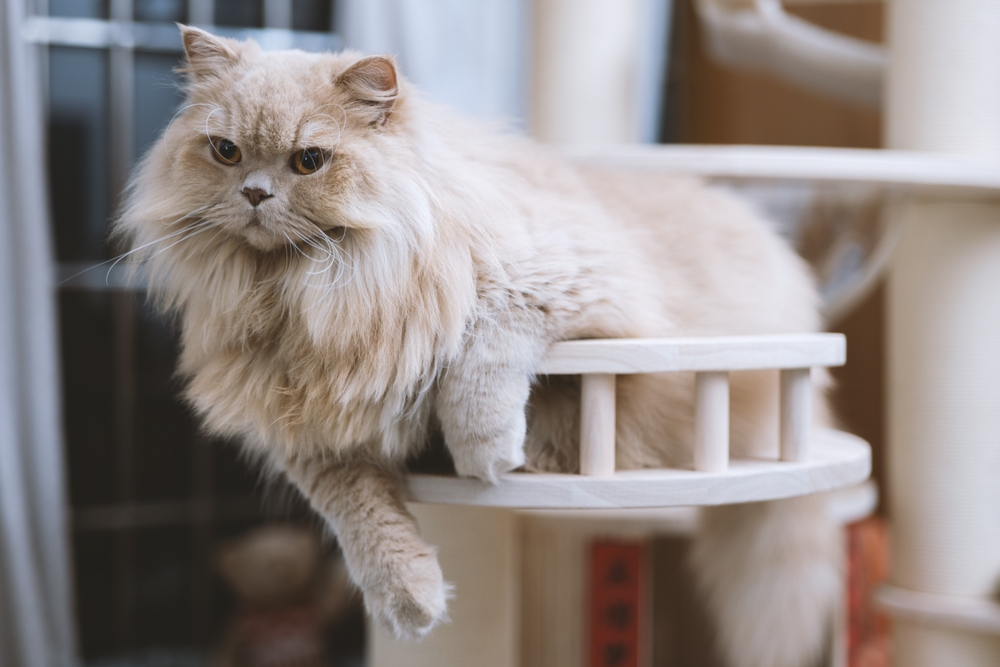
A usually gentle kitty who suddenly lashes out might be battling some inner turmoil. Increased irritability or aggression can be a sign of distress or depression. It’s not just about swatting or hissing—it could be avoidance or unpredictable reactions to normally welcomed interactions. Ensure they have a safe space to retreat to and try to minimize stressors while offering calm and consistent affection to help them feel secure.
8. They Hide More Often
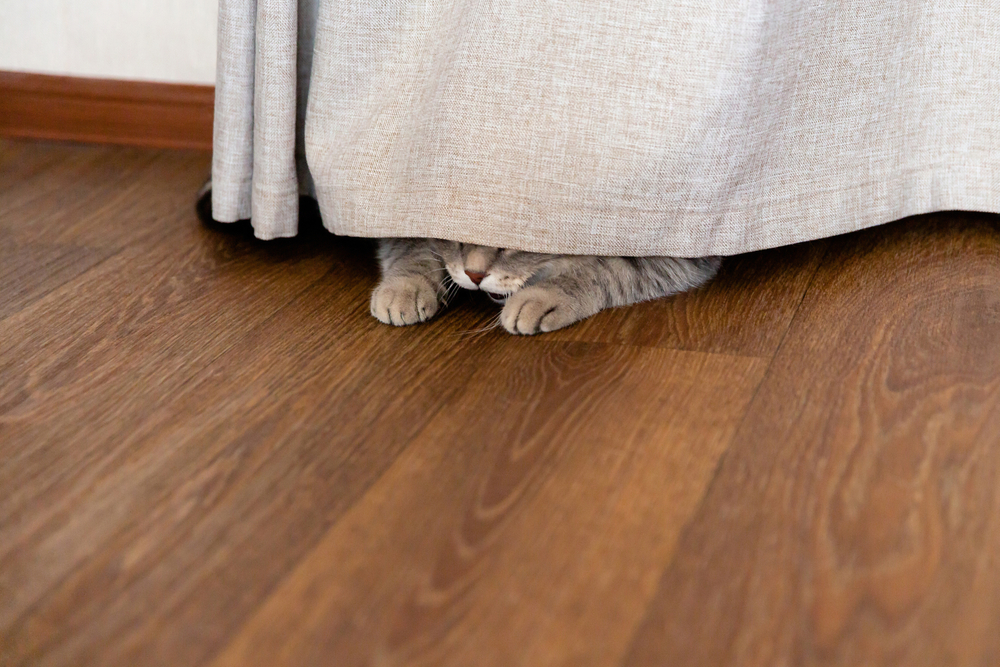
Cats love a good hideout, but if your feline friend is spending more time under the bed or tucked away in their carrier, it might be a sign they’re feeling overwhelmed. While some solitude is normal, excessive hiding can indicate anxiety or depression. Make sure they have a cozy, stress-free environment and consider spending quiet time near their hideout to provide comfort and reassurance without invading their space.
9. They Stop Using the Litter Box
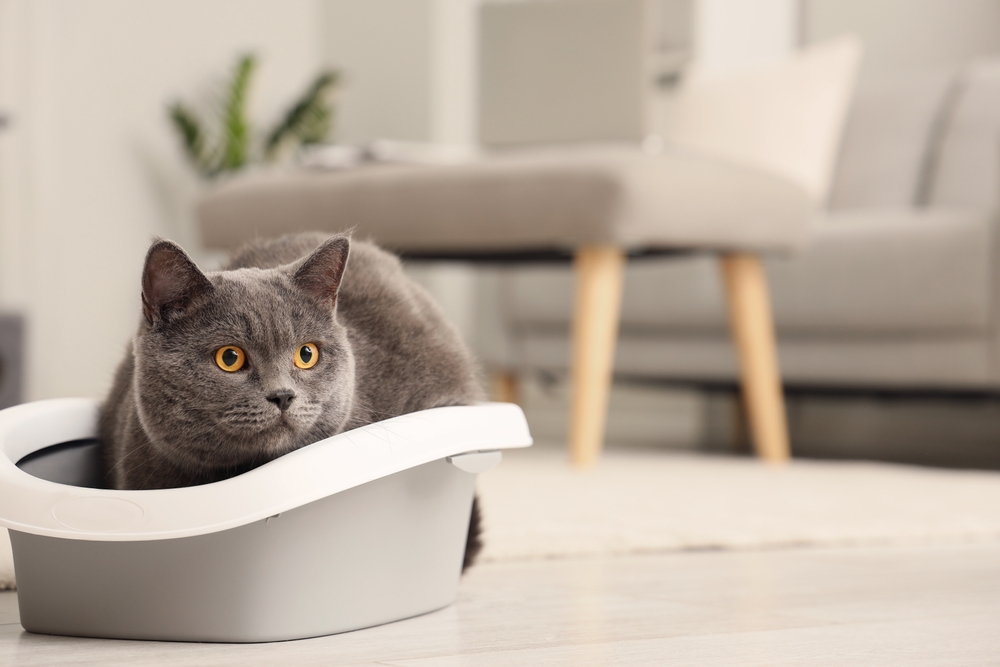
An abrupt aversion to the litter box can be distressing for both you and your cat. While medical issues should be ruled out first, it can also be a behavioral sign of depression. Stress or sadness might make a previously litter-trained cat forget their habits. Maintain a clean, accessible litter box and create a calm environment. If the problem persists, a visit to the vet can help address both medical and emotional needs.
10. They Become Destructive
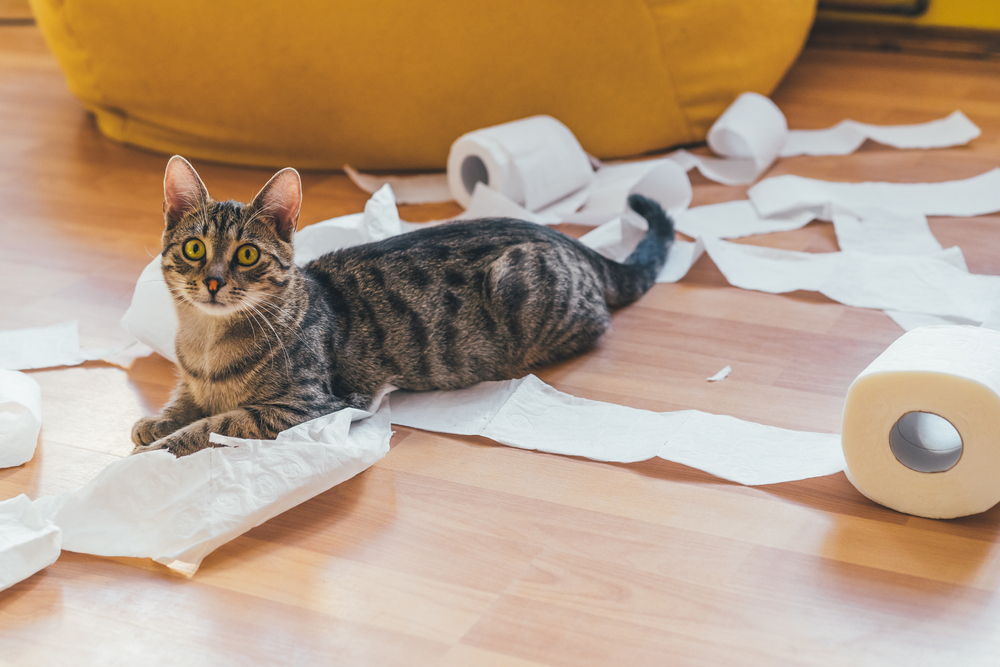
Cats sometimes show their displeasure through destruction—think scratched furniture or knocked-over plants. If this behavior becomes more frequent, it could be due to emotional unrest. Boredom and stress often lead to such antics, so enriching their environment with toys and scratching posts can help. Regular play sessions and positive reinforcement can also redirect energy into more acceptable outlets, reducing destructive tendencies related to feeling down.
11. They Exhibit Unusual Clinginess
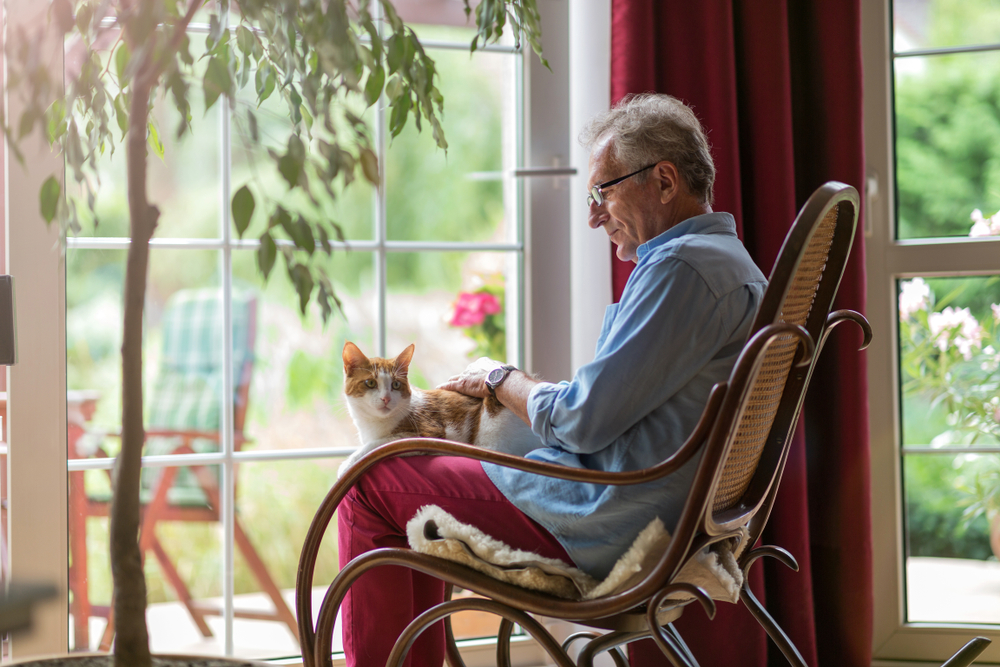
A cat who suddenly insists on being glued to your side may be signaling they need extra emotional support. This newfound clinginess can be a sign of anxiety or depression, as they seek reassurance and comfort from their human. It’s important to reciprocate with gentle affection and patience, offering them the security they crave. Sometimes a little extra love and attention is exactly what your cat needs to feel safe and grounded.
12. They Show a Lack of Interest in Their Surroundings

If your cat seems uninterested in their usual perches or windowsill views, they might be experiencing an emotional lull. A lack of curiosity or engagement with their environment is often a sign of feline depression. Encourage exploration and interaction by introducing new toys or rearranging their space to pique their interest. Creating an enriching environment can help lift their spirits and remind them of the joy in everyday adventures.
13. They Display Signs of Anxiety
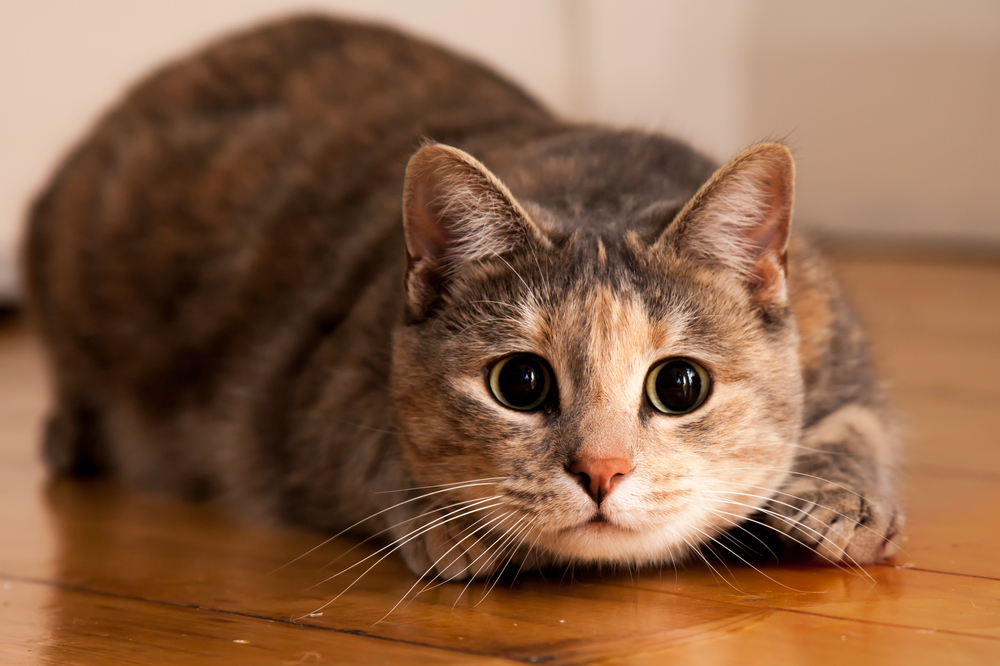
Anxiety and depression often go paw in paw. If your kitty seems overly jittery or easily startled, they may be experiencing emotional distress. Tailored routines, calming pheromones, or gentle music can offer a more serene atmosphere. Consistent, calm interactions help to reassure your cat that all is well in their world. Identifying and reducing potential stressors in their environment can also help ease anxiety and promote emotional well-being.
14. They Develop Odd New Habits
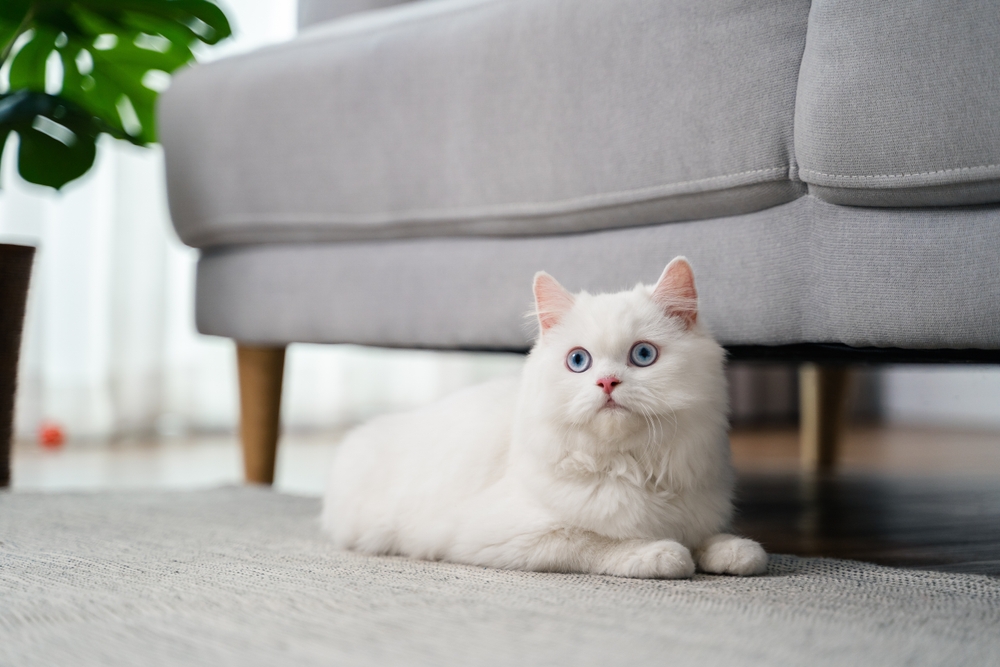
Unusual behaviors like excessive licking or pacing can be your cat’s way of coping with emotional turmoil. These new habits might seem quirky, but they can indicate underlying sadness or stress. Keep an eye on these behaviors and assess if they become compulsive or disruptive. Gentle redirection and creating a calming environment can help manage these behaviors. If the habits persist, consulting with a vet can unearth deeper issues and guide you toward solutions.
